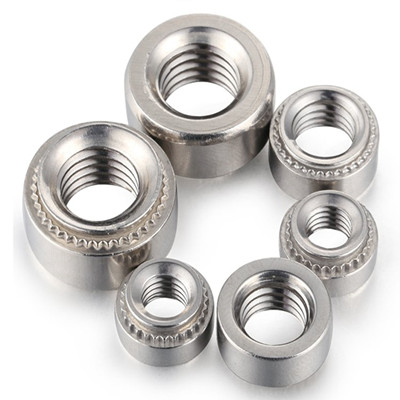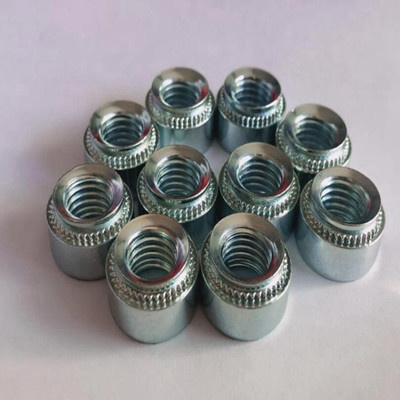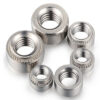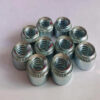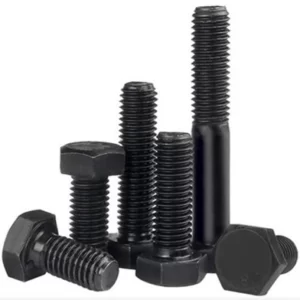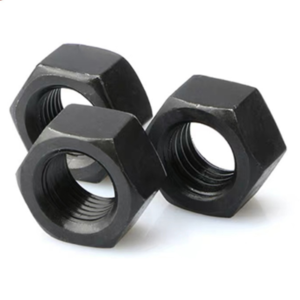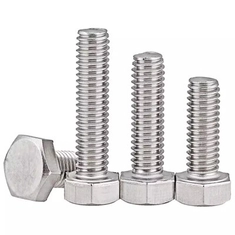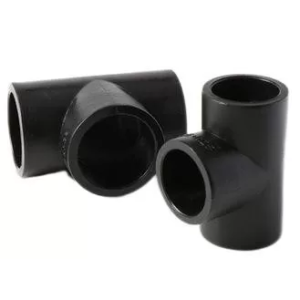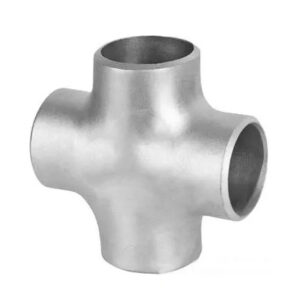A self-fastening nut is a kind of nut applied to a thin plate or sheet metal. It has a circular shape and one end has embossed teeth and a guide’s groove.
The rivet nuts are divided into S-type quick-cutting steel rivet nuts, CLS-type stainless steel rivet nuts, SP-type stainless iron rivet nuts, and CLA-type copper and aluminum rivet nuts from the material.
Technical datasheet
|
Size |
P | m | S | Wt | ||
| max | min | max | min | |||
| M 1 | 0.25 | 0.8 | 0.55 | 2.5 | 2.4 | 0.03 |
| M 2 | 0.4 | 1.6 | 1.35 | 4 | 3.82 | 0.142 |
| M 3 | 0.5 | 2.4 | 2.15 | 5.5 | 5.32 | 0.384 |
| M 4 | 0.7 | 3.2 | 2.9 | 7 | 6.78 | 0.81 |
| M 5 | 0.8 | 4 | 3.7 | 8 | 7.78 | 1.23 |
| M 6 | 1 | 5 | 4.7 | 10 | 9.78 | 2.5 |
| M 7 | 1.2 | 5.5 | 5.2 | 11 | 10.73 | 3.12 |
| M 8 | 1/1.25 | 6.5 | 6.14 | 13 | 12.73 | 5.2 |
| M 10 | 1/1.25/1.5 | 8 | 7.64 | 17 | 16.73 | 11.6 |
Characteristic
The rivet nut is pressed into the preset hole of the sheet metal through the embossing teeth.
Generally, the hole diameter of the preset hole is slightly smaller than the knurled teeth of the press rivet nut, and the knurled teeth of the press rivet nut are pressed into the plate through pressure.
This will cause plastic deformation of the periphery of the hole, and the deformed object will be squeezed into the guide groove to produce a locking effect.
Application
The rivet nuts are applied to different use environments, and the specifications range from m2 to M12.
There is no unified national standard for press riveting nuts, which are commonly used in the chassis, cabinet, and sheet metal industry.

